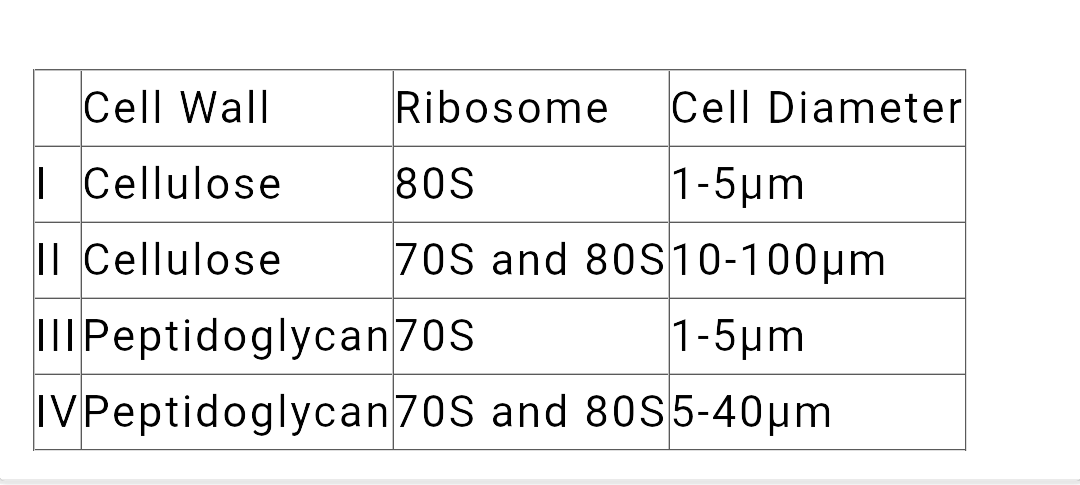Identify the membrane across which the proton (H+) gradient facilitates ATP synthesis in a typical eukaryotic cell
Plasma membrane
Mitochondrial outer membrane
Mitochondrial inner membrane
Nulear membrane.
The correct Answer is:C
Step-by-Step Solution:
1. Understanding the Question: The question asks for the specific membrane in a eukaryotic cell where the proton (H⁺) gradient is utilized to synthesize ATP.
2. Identifying the Process: The synthesis of ATP using a proton gradient is primarily associated with the process of oxidative phosphorylation, which occurs during aerobic respiration.
3. Locating the Site of ATP Synthesis: In eukaryotic cells, the electron transport chain (ETC) is located in the mitochondria. The ETC is responsible for creating the proton gradient.
4. Identifying the Relevant Membrane: The electron transport chain occurs across the mitochondrial inner membrane. This membrane is crucial because it separates the mitochondrial matrix from the intermembrane space.
5. Understanding the Proton Gradient: As electrons are transferred through the proteins of the electron transport chain, protons (H⁺ ions) are pumped from the mitochondrial matrix into the intermembrane space, creating a proton gradient.
6. ATP Synthesis Mechanism: The proton gradient generated across the mitochondrial inner membrane drives ATP synthesis through ATP synthase, which utilizes the flow of protons back into the matrix to convert ADP and inorganic phosphate into ATP.
7. Conclusion: Therefore, the membrane across which the proton (H⁺) gradient facilitates ATP synthesis in a typical eukaryotic cell is the mitochondrial inner membrane.
---
Topper's Solved these Questions
- RESPIRATIONBOOK - DINESH PUBLICATION ENGLISHCHAPTER - RESPIRATIONEXERCISE - CHECK YOUR GRASP
20 Videos
- RESPIRATIONBOOK - DINESH PUBLICATION ENGLISHCHAPTER - RESPIRATIONEXERCISE - CHECK YOUR GRASP
20 Videos
- REPTILIA-CREEPING VERTEBRATESBOOK - DINESH PUBLICATION ENGLISHCHAPTER - REPTILIA-CREEPING VERTEBRATESEXERCISE - CHECK YOUR GRASP
10 Videos
- ROOTBOOK - DINESH PUBLICATION ENGLISHCHAPTER - ROOTEXERCISE - CHECK YOUR GRASP
10 Videos
Similar Questions
Knowledge Check
Which of the following conversions involve ATP synthesis during glucolysis?
AGlucose → Glucose-6-phosphateBFructose-6-phosphate → Fructose-1,6-biphosphateC1,3-bisphonsphoglyceric acid (BPGA) → 3-phosphoglyceric acid (PGA)DAll of these
The cell organelle which facilitates locomotion in certain
eukaryotic animal cell is
View SolutionWhich of the following is not true of a eukaryotic cell
View SolutionWhich of the following is not true of a eukaryotic cell
View SolutionCarrier proteins which are present in the cell membrane facilitate the transport of
View SolutionIdentify the row having features true for a typical plant cell .

View SolutionIdentify the parts marked as A, B and C in the given figure showing ATP synthesis through chemiosmosis

View SolutionWhat is the processes that creates proton gradient across thylakoid membrane ?
View Solution
